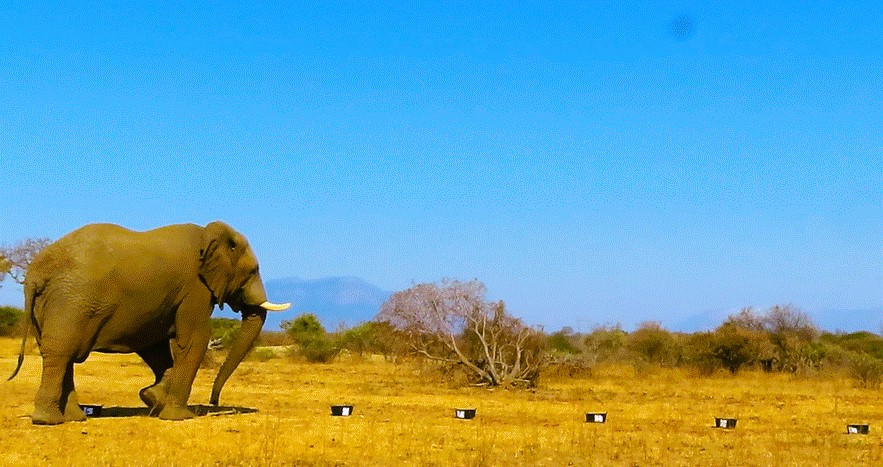Since 2005, the TAAF has managed the Éparses islands, comprising the Glorieuses archipelago, Juan de Nova, Tromelin, Europa and Bassas de India. Most of these islands are located in the Mozambique Channel, with the exception of Tromelin, north of Reunion Island.
Despite a small total land area (43 km²), the total waters under French jurisdiction linked to these islands represent 6% of French maritime territory.
These islands are part of the Madagascar and Indian Ocean Islands Biodiversity Hotspot, a regionally recognized natural heritage; they are included in 4 of the 320 Ecologically and Biologically Significant Marine Areas identified by the Convention on Biological Diversity; they are recognized as Key Biodiversity Areas by the IUCN; and some are recognized as Important Bird Areas by BirdLife International.
Despite the permanent presence of TAAF environmental officers on these islands, no studies had been carried out on chiropterans prior to the Chiropt'îles project. Only a few mentions of bats (genus Mops sp, Taphien de Maurice) have been recorded on the islands of Grande Glorieuse, Europa and Juan de Nova.
